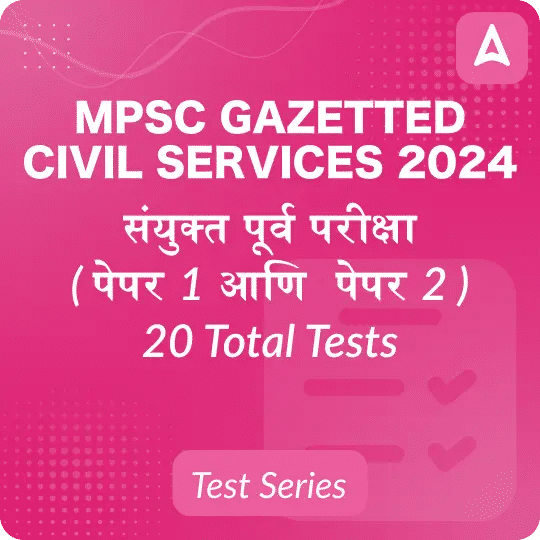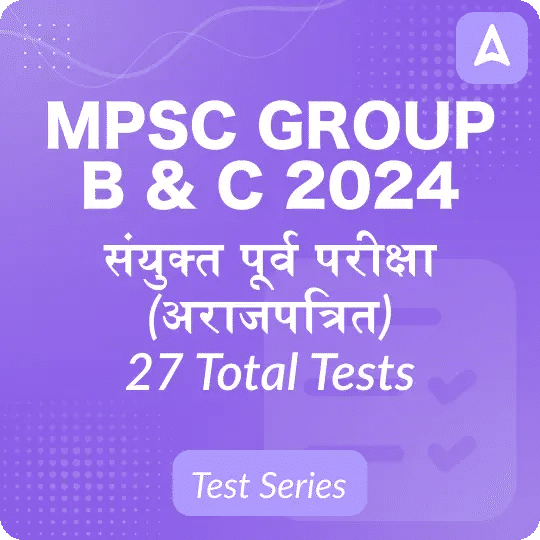Table of Contents
West Bengal’s civic police volunteers
(The Hindu, 26-08-24)
As protests rage across West Bengal and in different parts of the country over the rape and murder of a doctor at Kolkata’s R.G. Kar Medical College and Hospital, questions are being raised as to how she was assaulted inside a State-run health facility. The accused, arrested hours after the crime, is a civic police volunteer, who not only had access to the hospital but also the emergency building where the victim was found dead on August 9.
Who are Civil Police Volunteers and What are the terms of employment?
- Civic volunteers, or village police volunteers as they are known in rural areas, are contractual workers engaged by the police for assistance, particularly in traffic management and other minor duties that do not require police personnel.
- The process of recruitment for civic police volunteers started in 2011 soon after the Mamata Banerjee government came to power.
- As per government order on September 26, 2011, the applicant should be a
- resident of the area under the police station where he will be deployed;
- should be above 20 years of age;
- should have passed the Class X examination (later changed to VIII pass)
- should not have any criminal record.
- Soon after the first set of recruitment in 2011, the police submitted a proposal to the government for engaging 1.3 lakh civic police volunteers.
- The honorarium of civic police volunteers is now ₹310.00 per day (about ₹9,300 per month).
- The ad-hoc bonus of such civic volunteers has been increased from ₹5,300 to ₹6,000 for the year 2023-2024.
- At present there are 7,200 civic volunteers with the Kolkata Police, while the strength of the force stands at 37,400.
- In the State, the strength of the police is 79,024, but there are over 24 lakh civic police volunteers.
What has Calcutta High Court said?
- Through several orders, the Calcutta High Court has raised questions about the recruitment and legal veracity of civic police volunteers. The Court said the recruitment scheme of civic police volunteers was devised to prey on the unemployed with little respect for taxpayer’s money.
- In Chandra Kanta Ganguli vs The State of West Bengal and Others, Justice Banerjee noted that it was not humanly or physically possible for the five men on the interview board to reasonably vet 1,351 candidates in the course of a single day for the Sarenga police station.
- In another case in 2020, the court had pointed out that the conditions that the deployment as civic police volunteers was temporary in nature and it cannot be considered as an engagement on probation.
- There have been several occasions where the High Court and the police administration had clearly stated that civic police volunteers will not be deployed in any law and order duty. Despite such orders, there are regular instances of civic volunteers being engaged in law and order duties.
What is the main criticism?
- While engagement of local civic police volunteers has come in handy for the West Bengal government in managing conflict, there have been several cases of excesses conducted by civic police volunteers.
- The most talked about case was the unnatural death of student leader Anish Khan in February 2022, where a civic police volunteer and a home guard were arrested.
- More recently, after the R.G. Kar incident, a civic police volunteer was arrested from Bhatar State General Hospital after he threatened a lady doctor.
- Both Opposition leaders and political observers say the civic police is an extension of the party and that the civic volunteers have provided a political footing to the Trinamool Congress.
- There is no proper process for appointment of such personnel. This makes the local Trinamool Congress leadership appoint personnel who will be loyal to them
- The crisis of unemployment in the State has led the Mamata Banerjee government to devise an ingenious way of contractual recruitment where thousands of youth are provided just about minimum wage and can work for the party.
NPS and Unified Pension Scheme
(The Hindu, 26-08-24)
Pension schemes around the world, whether contributory and market linked or underwritten by the exchequer, are facing a crisis
- According to the Reserve Bank of India, the total Budget estimates of various States and Union Territories for pension in 2023-24 was ₹5,22,105.4 crore, which is between 6%-21% of their total revenue receipts.
What was the Old Pension scheme and what were the concerns associated with it?
- Old pension scheme was a defined benefit scheme.
- The OPS guarantees government employees 50% of their final drawn pay plus Dearness Allowance (to account for inflation) as a post-retirement income for life, and 50% of that pension to any qualifying dependent family members in the event of death of that employee.
- The OPS income that the recipient gets is not subject to tax.
- Employees didn’t contribute to their pension fund during their service. The entire pension amount was paid from the government’s current revenues.
- Concerns
- Increasing fiscal burden: As life expectancy increased and the number of government retirees grew, the pension bill became an increasingly large part of government expenditure.
- Intergenerational inequity: Current taxpayers were funding pensions of past government employees, potentially at the cost of other developmental expenditures.
- Lack of portability: The OPS didn’t allow for easy transfer of benefits when employees moved between different government departments or to the private sector.
- Underutilization of personnel resources: It incentivised early retirement since the pension was based on the final wage earned. This early retirement caused the government to underutilise its personnel resources.
What was New Pension Scheme (NPS)?
- The New Pension Scheme (NPS), later renamed as the National Pension System, was introduced by the Indian government in 2004.
- Under NPS, employees contribute a portion of their salary, with matching contributions from the government.
- These contributions were invested in equities and other market-linked securities by fund managers (such as LIC, ICICI, etc) regulated by the Pension Fund Regulatory and Development Authority (PFRDA).
- It was made mandatory for government employees joining after 2004.
- It can be carried across jobs and locations within India.
- The NPS enables subscribers to choose their preferred fund manager and investment choice, including a 100% government bond option.
- When the employees retire, they receive 60% of the corpus tax-free, while the remaining 40% is invested in annuities which is taxed.
- An annuity is a contract between an individual and an insurance company. The individual pays a lump sum (in this case, 40% of the NPS corpus), and in return, the insurance company agrees to make regular payments to the individual for a specified period or for life.
- Annuity payments can be monthly, quarterly, half-yearly, or annual, depending on the chosen option.
- Unlike the OPS which was limited to government employees, the NPS permits all Indian citizens (including NRIs) between the ages of 18 and 70 to participate.
What were the benefits of NPS?
- The NPS reduced fiscal burden for the government and shifted pension liabilities from the government to individuals.
- Old Pension Scheme, the government paid pensions from its current revenues and it required increasing budgetary allocations as the number of pensioners grew. Under the NPS, the government’s liability is limited to its annual contributions for current employees.
- Under Old Pension Scheme, the government bore all the risk of ensuring pension payments, regardless of economic conditions. Whereas under the NPS, the investment risk is transferred to the individual. If investments perform poorly, the pension amount could be lower.
- Since it is a market-linked returns, there is increased potential for higher returns compared to fixed pensions.
- The scheme allowed choice for fund managers in investment options (equity, corporate bonds, government securities).
- The contributions were eligible for tax deductions.
- There was ease of transfer across employers and locations.
- NPS promoted transparency through Online access and regular statements.
What were the problems with the New Pension Scheme (NPS)?
- Since it is market-linked, the Pension amount not guaranteed, subject to market fluctuations.
- Often resulted in lower pensions compared to the old scheme, thus creating conflict between old and new employees.
- Perceived as less secure than the guaranteed pension system.
- Limited options for passing on benefits to heirs.
What is the new Unified Pension Scheme?
- A committee led by former Finance Secretary and Cabinet Secretary-designate T.V. Somanathan devised a middle path that involves employee contributions and enhanced share from the Centre.
- The Unified Pension Scheme (UPS), approved by the Cabinet in last week of Aug 2024, promises a pension of 50% of the average basic pay of the last 12 months before retirement and a minimum pension of ₹10,000 for those who worked for at least 10 years.
- The Centre’s share towards the scheme was increased from 14% under the NPS to 18.5%.
- While the NPS will continue to remain an option, all employees who have joined service since 2004, including those who may have retired since then, have been given the option to switch over to the more generous UPS
- Separately, employees have also been promised a lumpsum payment in addition to gratuity benefits at the time of retirement.
- This lumpsum will be equivalent to 1/10th of monthly emoluments (pay + Dearness Allowance) for every completed six months of service.
महाराष्ट्रातील सर्व स्पर्धा परीक्षांसाठी ऑनलाईन क्लास, व्हिडिओ कोर्स, टेस्ट सिरीज, पुस्तके आणि इतर अभ्यास साहित्य खाली दिलेल्या लिंक वर क्लिक करून मिळावा.
अड्डा 247 मराठीचे युट्युब चॅनल
अड्डा 247 मराठी टेलिग्राम ग्रुप
महाराष्ट्र महापॅक












